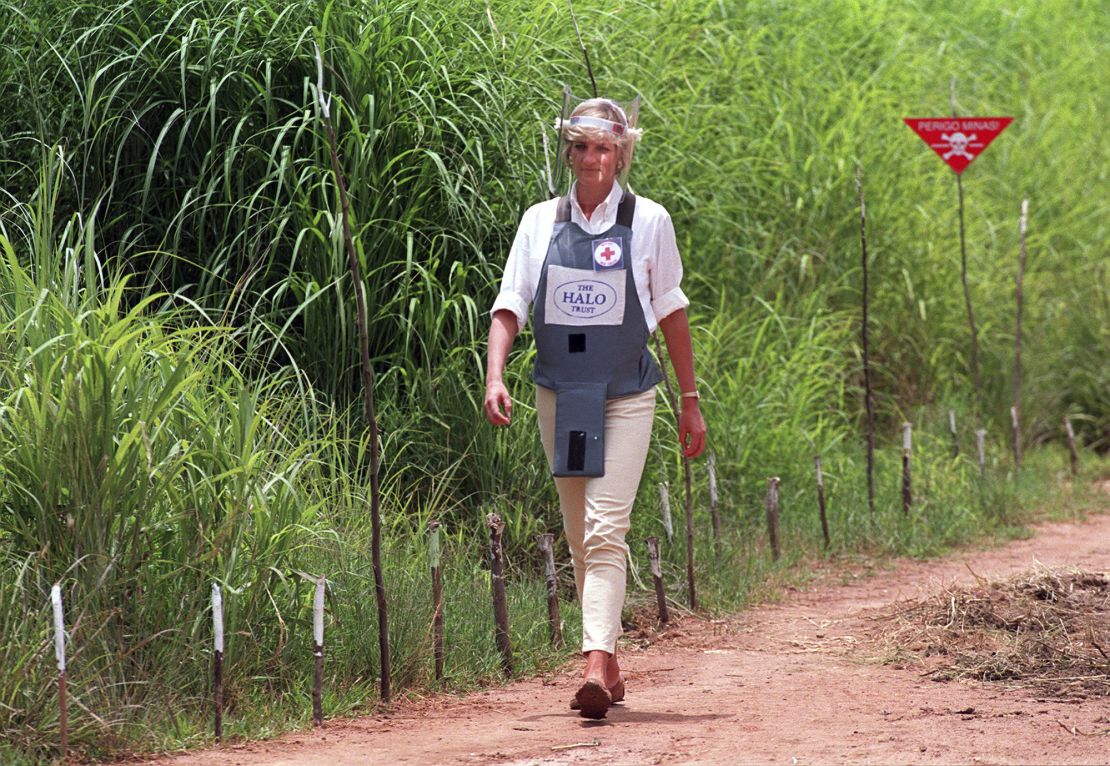CNN
—
Prince Harry traveled to Angola earlier this week and met the country’s president to discuss demining efforts, almost three decades after his mother’s memorable visit to the south African nation.
The Duke of Sussex shared his vision of a “mine-free country” in an audience with Angolan President João Lourenço on Tuesday, according to the international NGO, the HALO Trust.
“We thanked him [Harry] for his extraordinary dedication to and investment in the vision of a mine-free country, and he expressed his intention to continue to support our work with a further significant contract for the next three years,” the CEO of the non-profit, James Cowan, said in a statement.
Princess Diana advocated for landmine clearance when she visited the central Angolan city of Huambo 28 years ago.
Images of Diana, then one of the most famous people in the world, walking along a cleared path in an active minefield are credited as helping mobilizing public opinion against the deadly devices.
Foreign and national actors littered fields, villages and towns with landmines and explosives over decades of fighting in Angola, in the bloody fight for independence from Portugal – and the ensuing civil war from 1975 to 2002 – killing and injuring thousands of people.

Human rights agencies repeatedly called for an international treaty ban on landmines, which eventually came into effect just months before Diana’s death in August, 1997. In September, 2019, Harry retraced his mother’s footsteps along the minefield in Huambo.
Around 88,000 Angolan people were casualties of landmines, according to the HALO Trust. But the searing impact of that brutal legacy is still being felt today.
In 2019, the mother of an eight-year-old landmine survivor recalled her grief over the death of her nephew, Frederico, aged 10, who was killed after the two boys happened upon a landmine while playing football.
The blast so severely wounded her son, Manuel, that the child had his leg amputated. “The war ended a long time ago,” Ermelinda told CNN at the time.
“A lot of people pass by that spot. There are always a lot of people there and they had never found that,” she said. “It had to be on the day when the children were there.”

